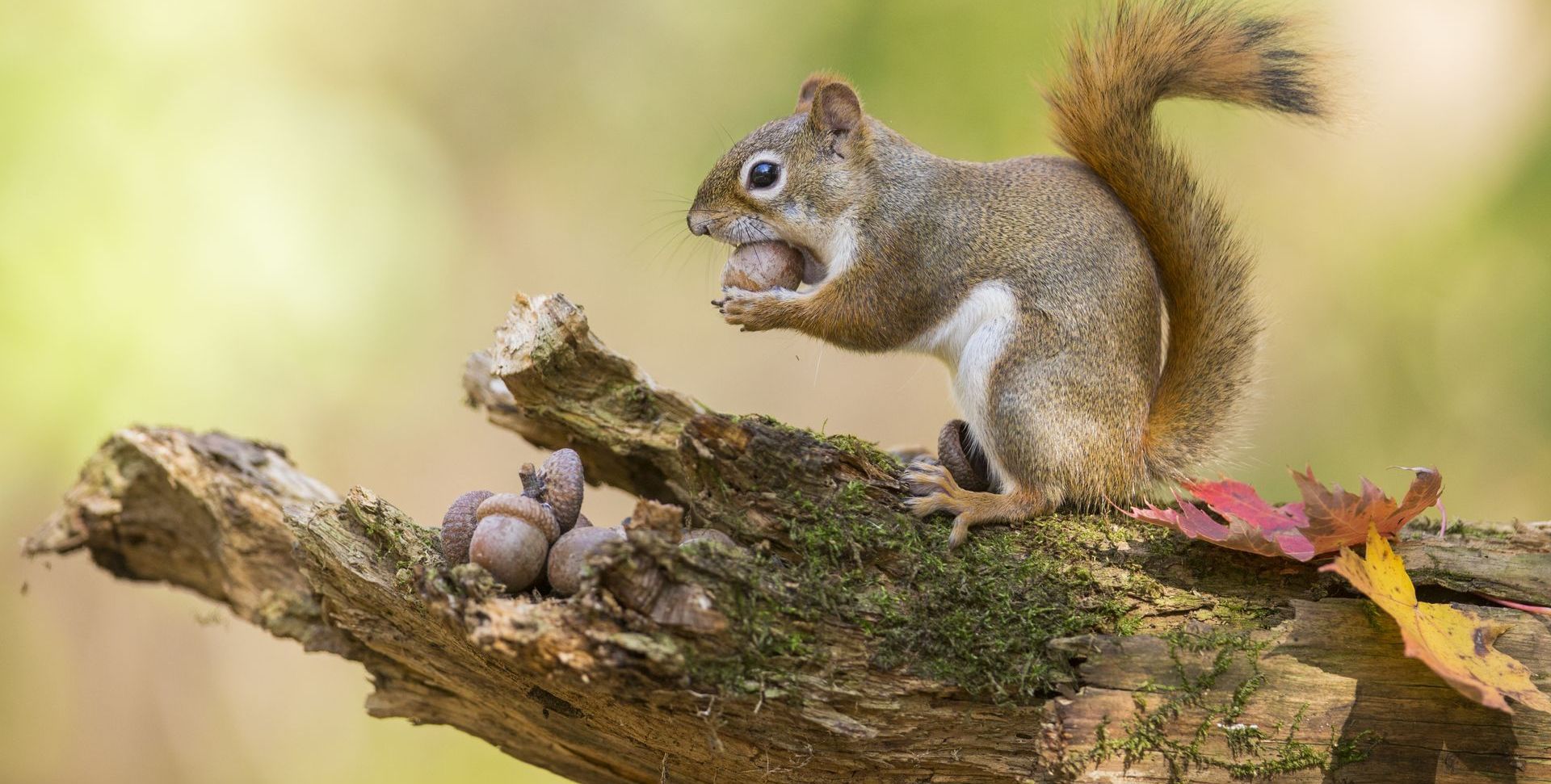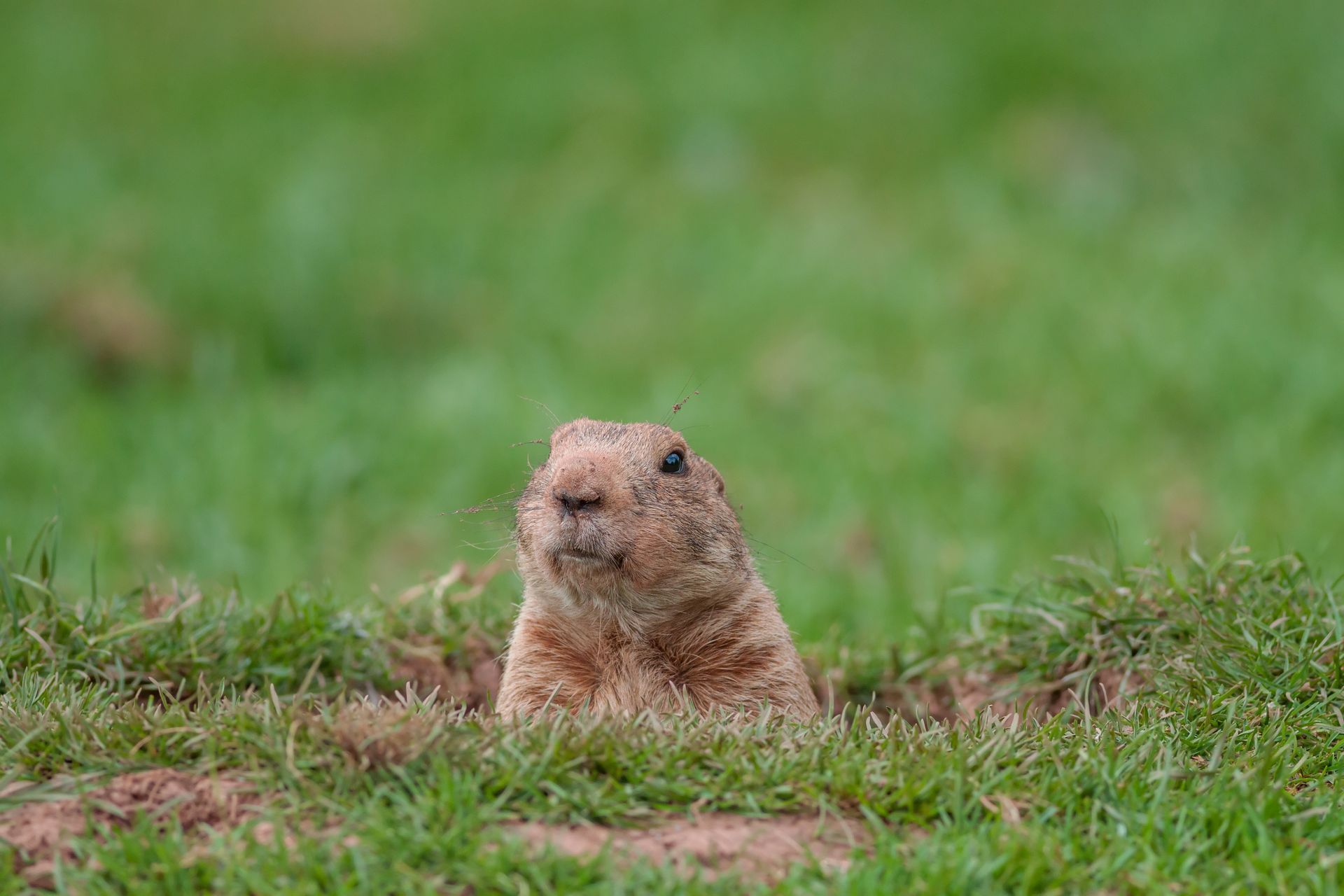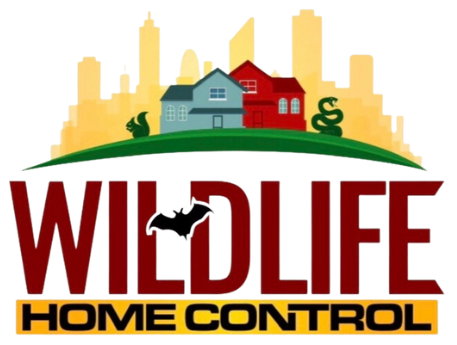Signs You May Have Wildlife Affecting Your Home
How to Tell If Wildlife Is Affecting Your Home
Sharing your living space with wildlife can be both an unsettling and potentially hazardous situation. Unwanted animal intrusions can lead to property damage, health risks, and a loss of peace in your home. Recognizing the signs of wildlife presence early on is crucial to addressing the issue promptly and effectively. Here are some common signs that you may have wildlife affecting your home and what steps you can take to mitigate the problem.
1. Unusual Noises
If you start hearing strange and persistent noises coming from your attic, walls, or crawl spaces, there's a good chance that wildlife has taken up residence in your home. Scratching, scurrying, or thumping sounds often indicate the presence of animals such as squirrels, raccoons, or rodents.
2. Foul Odors
Unpleasant and pungent odors inside your home, particularly in enclosed spaces like your attic or basement, could indicate the presence of wildlife. The smell of urine, feces, or decaying animals can be strong indicators that animals have moved in.
3. Visible Droppings
Finding animal droppings around your home is a clear sign that wildlife is present. Droppings can vary in size and appearance depending on the species. Be cautious when handling droppings, as they can carry diseases and should be cleaned up properly.
4. Damaged Exterior
Noticeable damage to the exterior of your home, such as chewed holes, torn screens, or damaged vents, can be a result of animals trying to gain entry. They might be seeking shelter, food, or nesting spots.
5. Chewed Wiring or Pipes
If you experience electrical issues or water leaks that seemingly have no other explanation, it's possible that wildlife has chewed through wires or pipes. Rodents, in particular, have a tendency to chew on various materials, which can lead to safety hazards and costly repairs.
6. Nests or Bedding Material
Discovering nests, bedding material, or shredded insulation in your attic or other secluded areas can indicate that animals are creating nesting sites within your home. Birds, rodents, and squirrels are known to build nests in warm and sheltered spaces.
7. Tracks and Trails
Inspect your property for animal tracks and trails. Footprints in dusty areas or muddy patches, along with well-worn paths in your yard, can help you identify the type of animals present and their movement patterns.
8. Pet Behavior
Pay attention to your pets' behavior. Dogs and cats may exhibit unusual interest in specific areas of your home, indicating the presence of wildlife. They might scratch at walls, bark excessively, or act agitated in response to the scent or sound of animals.
9. Gnaw Marks
Gnaw marks on wood, wires, insulation, or other materials can signal the presence of rodents. These marks are often a result of animals trying to create entry points or build nests.
10. Visual Sightings
If you see wildlife either inside or outside your home, it's an obvious indication of their presence. This could be anything from birds in your attic to raccoons on your property.
Taking Action
If you notice any of these signs, it's important to take action promptly to address the wildlife issue. Attempting to remove or exclude animals on your own can be dangerous and ineffective. Instead, consider reaching out to professionals specializing in humane wildlife removal. Experts in the field can accurately assess the situation, safely remove the animals, and implement preventive measures to ensure that the issue doesn't recur.
Remember that wildlife removal should be conducted in a way that considers the well-being of both the animals and your home. By addressing the problem early and seeking professional assistance, you can restore your home's safety, comfort, and peace of mind.


